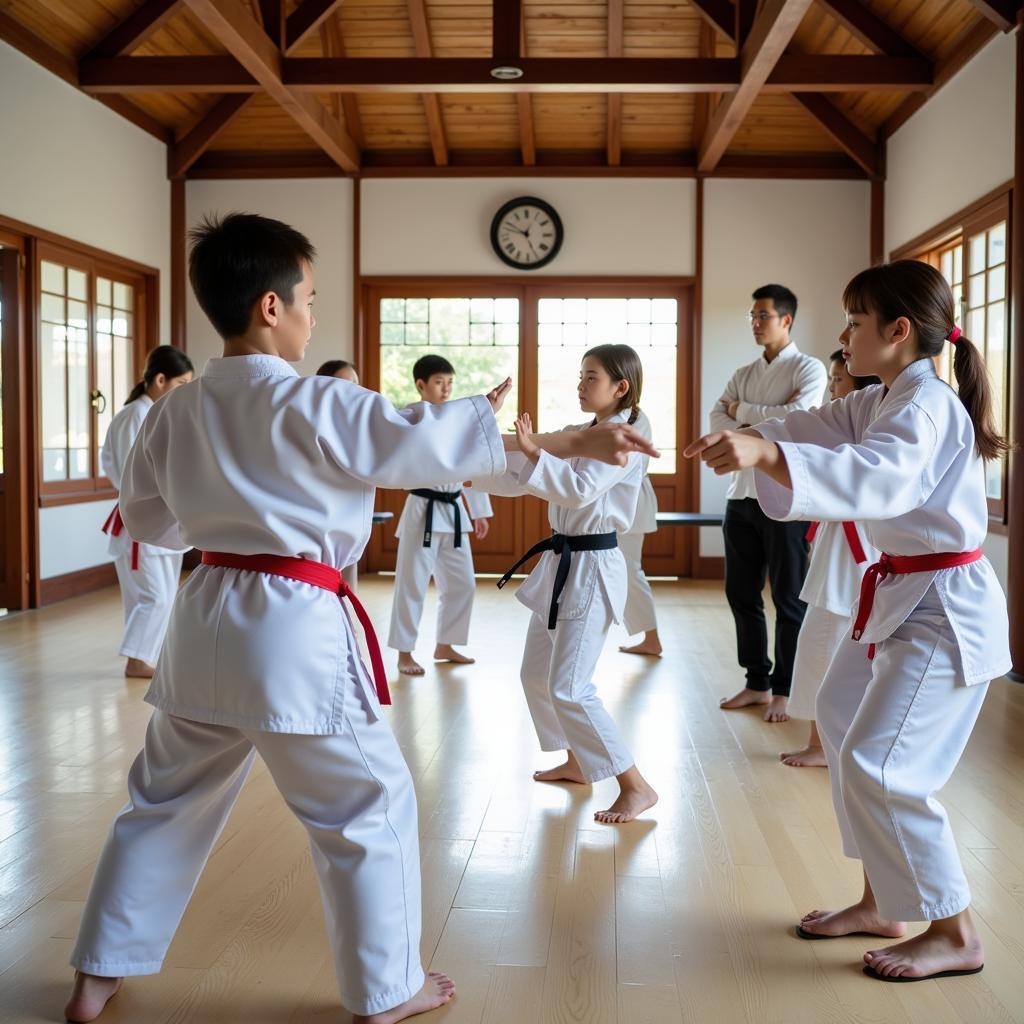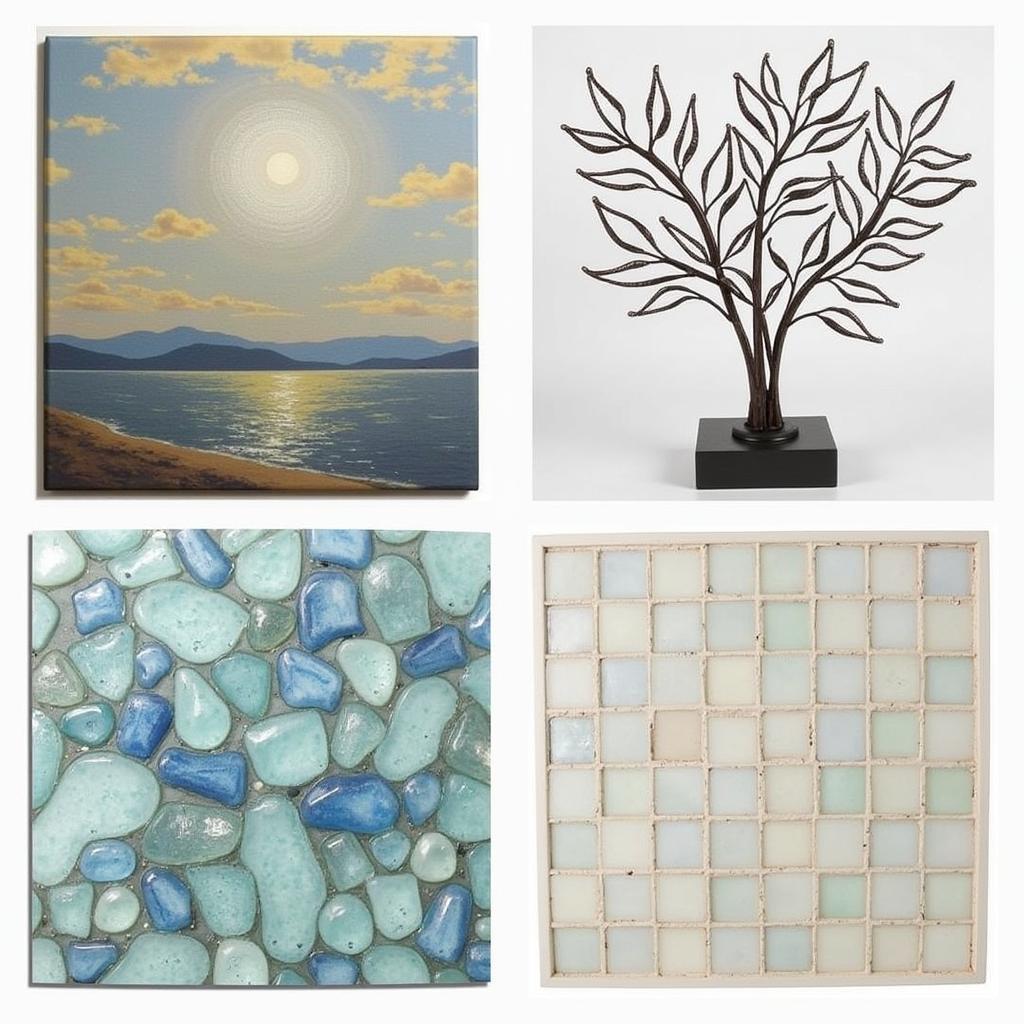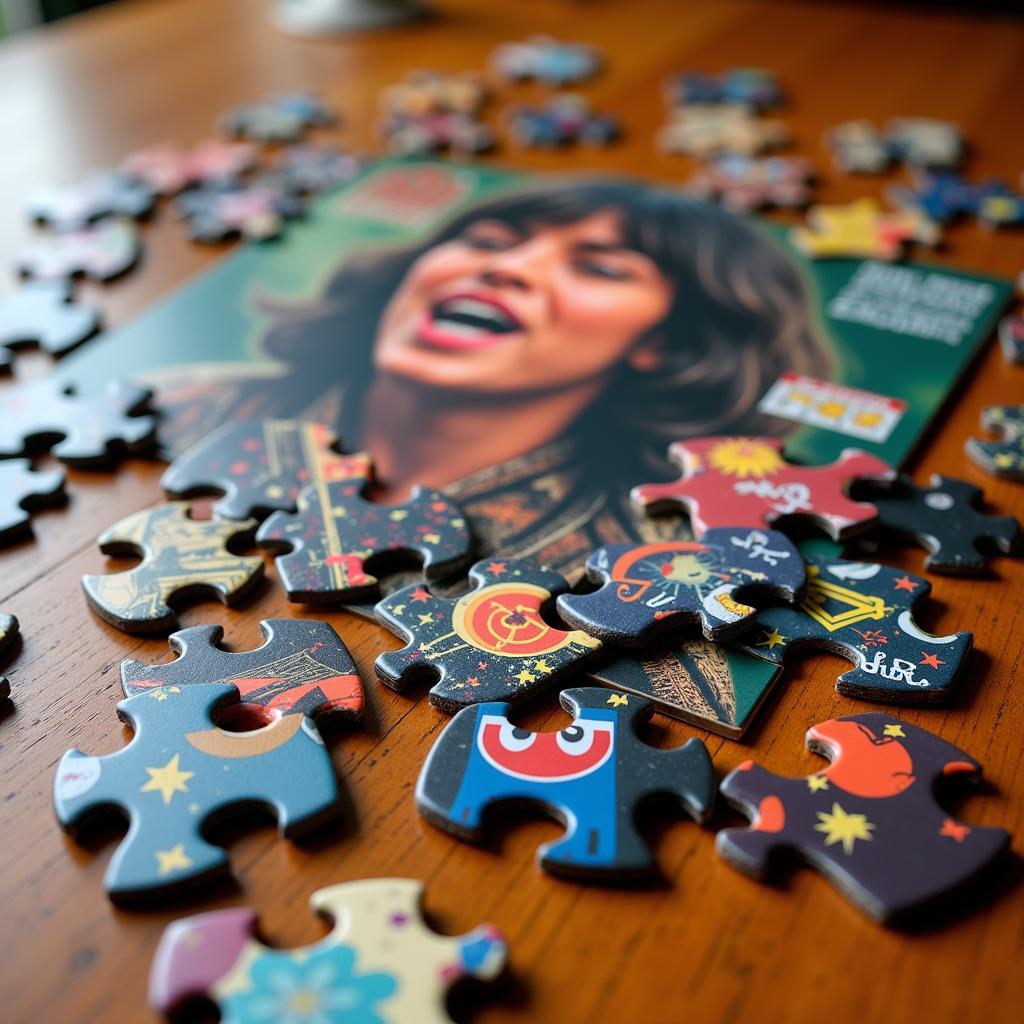Exploring the Dynamic World of Alteration Art
Alteration Art, a captivating blend of creativity and transformation, breathes new life into existing objects and images. It’s about reimagining the familiar, pushing boundaries, and discovering hidden potential within the mundane. From repurposing discarded materials to digitally manipulating photographs, alteration art invites us to see the world through a different lens. This form of artistic expression challenges conventional notions of art, offering a unique platform for self-expression and social commentary. We’ll delve into the diverse facets of alteration art, exploring its techniques, inspirations, and impact on the contemporary art scene. Learn more about art coats for your next alteration art project. art coat
What is Alteration Art?
Alteration art encompasses a wide range of artistic practices that involve modifying existing works or objects. This can include anything from painting over old photographs to sculpting with found objects. The core principle is transformation – taking something pre-existing and altering its form, meaning, or context to create something new and original. It’s a powerful way to explore themes of memory, identity, and the passage of time.
What sets alteration art apart is its inherent dialogue with the past. It’s not about creating in a vacuum, but rather engaging with existing artifacts and narratives. This can lead to surprising and thought-provoking juxtapositions, as artists layer their own interpretations onto pre-existing works.
Different Forms of Alteration Art
Alteration art manifests in various forms, each with its own unique characteristics and approaches. Here are some prominent examples:
- Found Object Art: This involves transforming discarded or everyday objects into art pieces. Think sculptures made from scrap metal or installations created with repurposed furniture.
- Textile Alteration: This form focuses on modifying existing fabrics and garments, often through techniques like embroidery, patching, and dyeing.
- Digital Alteration: With the rise of digital technology, artists are increasingly using software to manipulate images and videos, creating surreal and dreamlike compositions. This is where alteration art truly shines, offering endless possibilities for creative exploration.
- Repurposed Art: Similar to found object art, this involves giving new life to old or discarded items. This could involve turning old books into sculptures or using vintage maps to create collages.
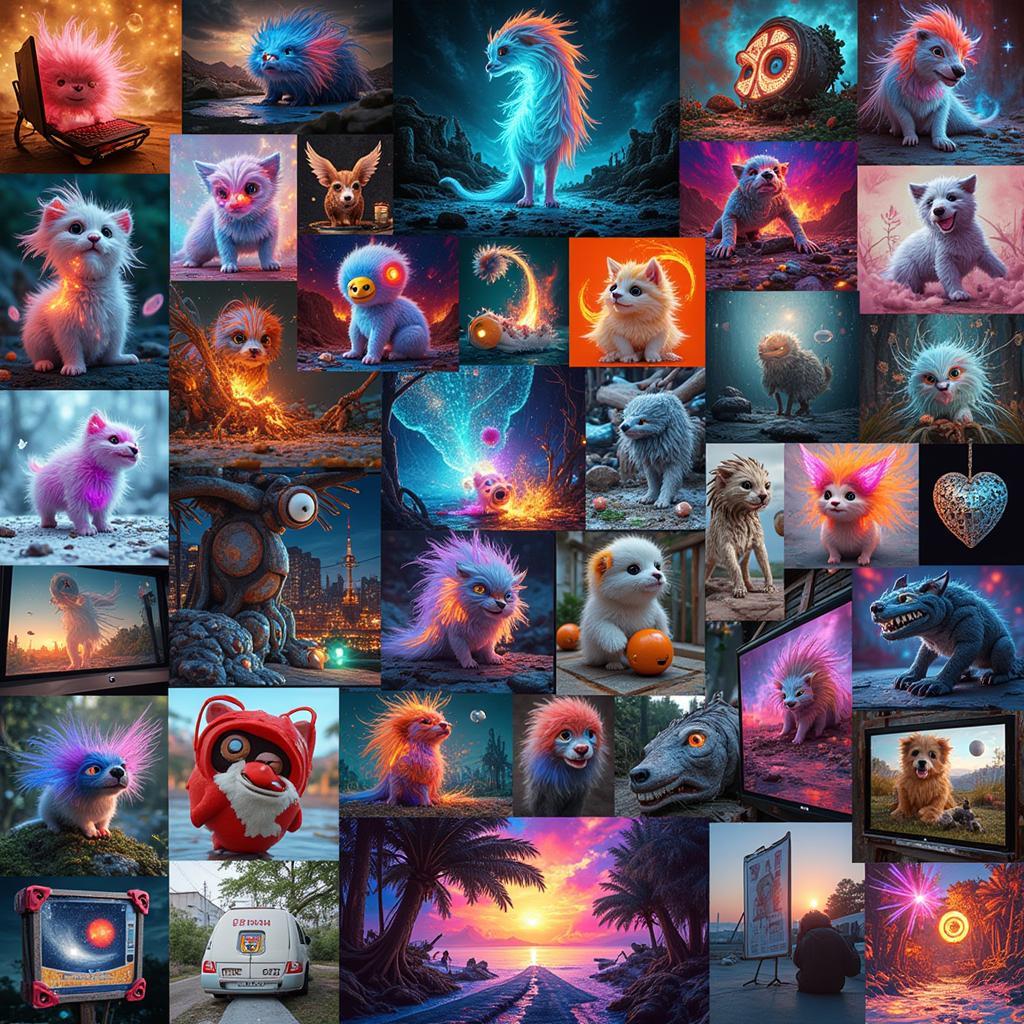 Exploring Digital Alteration Techniques
Exploring Digital Alteration Techniques
The Appeal of Alteration Art
Why are so many artists drawn to alteration art? Perhaps it’s the thrill of discovering hidden potential in the ordinary. Maybe it’s the challenge of transforming something familiar into something entirely new. Or perhaps it’s the opportunity to engage in a dialogue with the past, recontextualizing history through a contemporary lens.
Whatever the reason, alteration art offers a unique form of creative expression that resonates with both artists and viewers. It encourages us to question our assumptions about art and to see the world around us in new and unexpected ways. For intricate bone carvings, consider exploring human skull art. human skull art
How Does One Start with Alteration Art?
Interested in trying your hand at alteration art? Here are a few tips to get you started:
- Gather Materials: Start by collecting objects or images that spark your interest. This could be anything from old photographs and magazines to discarded furniture and scrap metal.
- Experiment with Techniques: Explore different alteration techniques. Try painting, collaging, sculpting, or digital manipulation. Don’t be afraid to experiment and see what works best for you.
- Find Inspiration: Look to other artists for inspiration. Explore online galleries, visit museums, and browse art books.
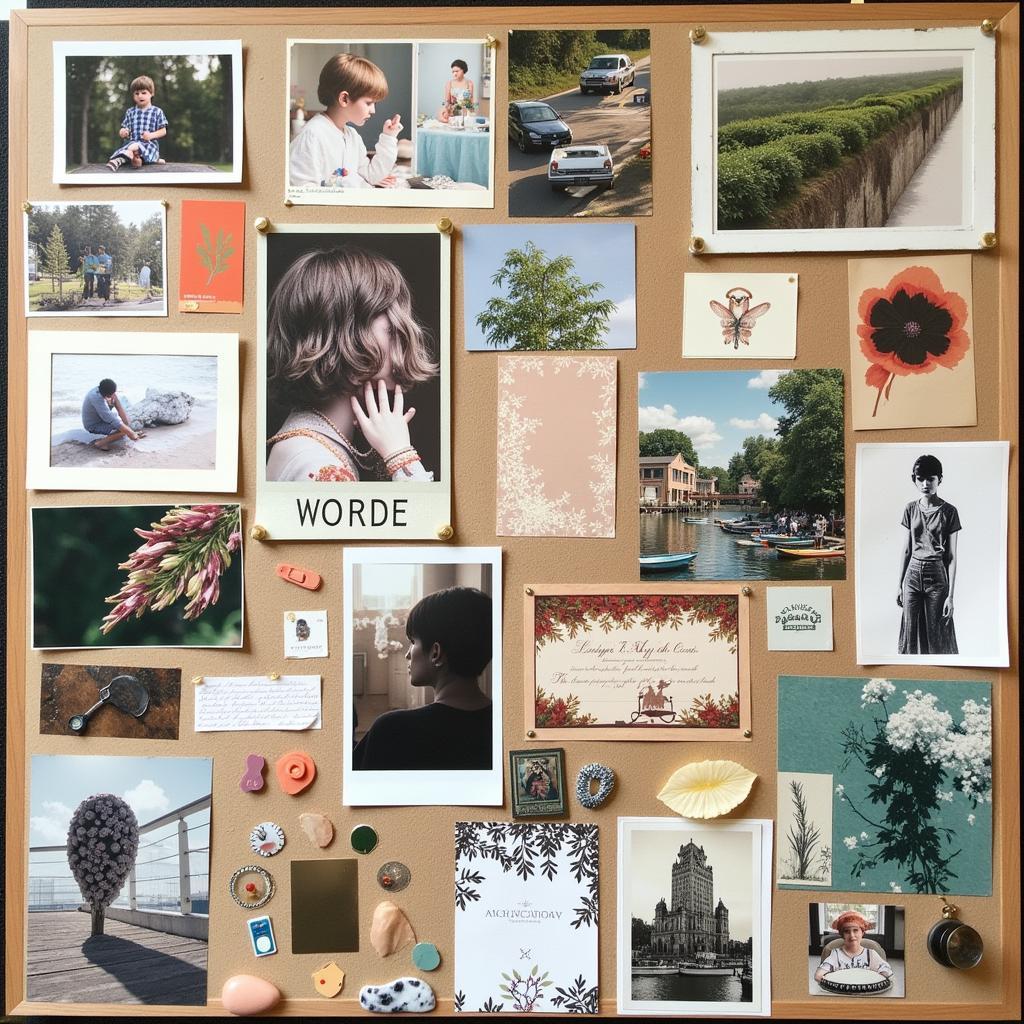 Finding Inspiration for Alteration Art
Finding Inspiration for Alteration Art
Alteration Art: A Sustainable Practice?
With its focus on repurposing and transforming existing materials, alteration art can be seen as a sustainable artistic practice. By giving new life to discarded objects, artists are contributing to a more circular economy and reducing waste. This aspect of alteration art makes it particularly relevant in today’s world, where environmental concerns are increasingly at the forefront. You might be interested in beaver art as another sustainable option. beaver art
Conclusion
Alteration art is a dynamic and evolving field that continues to push the boundaries of creative expression. By embracing transformation and reimagining the familiar, alteration art invites us to see the world through a new lens. Whether you’re an experienced artist or just starting out, alteration art offers a unique platform for self-expression and exploration. Check out the beautiful 3D stick on tiles you can use for alteration art. art 3d stick on tiles
FAQ
- What is the main principle of alteration art? Transformation.
- What are some examples of alteration art? Found object art, textile alteration, digital alteration.
- Why is alteration art considered sustainable? It repurposes existing materials.
- How can I start with alteration art? Gather materials, experiment with techniques, find inspiration.
- Where can I find inspiration for alteration art? Online galleries, museums, art books.
- What is the difference between found object art and repurposed art? While similar, repurposed art specifically gives new function to old items.
- Is digital alteration a form of alteration art? Yes, it involves manipulating existing digital images or videos.
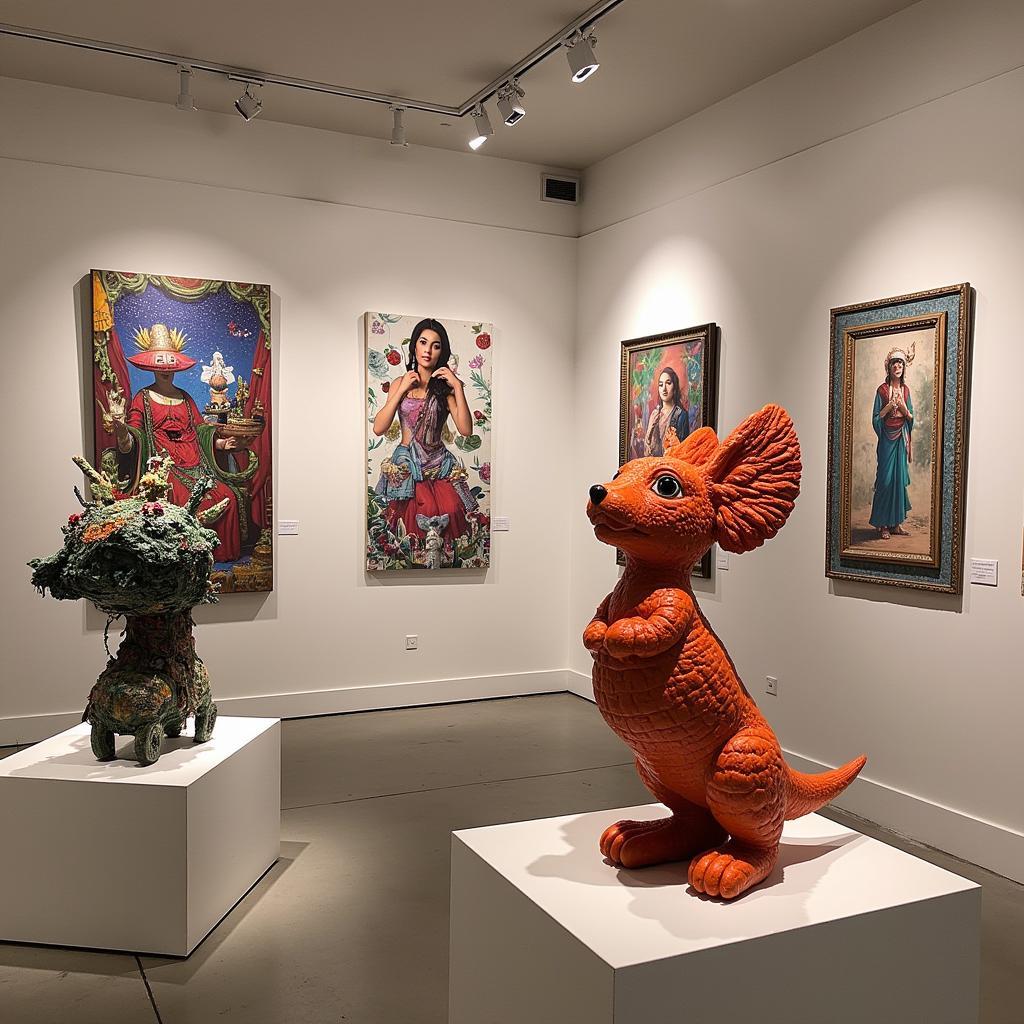 Alteration Art Exhibition Showcase
Alteration Art Exhibition Showcase
Have you ever seen a Blue Lake Fine Arts Camp uniform transformed into a piece of art? It’s an inspiring example of alteration art. blue lake fine arts camp uniform
Do you have other questions about different forms of art such as collage, sculpture, or painting? Explore our website for more articles and resources.
Need assistance with your artistic journey? Contact us at Phone: 02462573573, Email: [email protected] or visit us at Savico Megamall, 7-9 Đ. Nguyễn Văn Linh, Gia Thụy, Long Biên, Hà Nội 10000, Việt Nam. We have a 24/7 customer support team.
